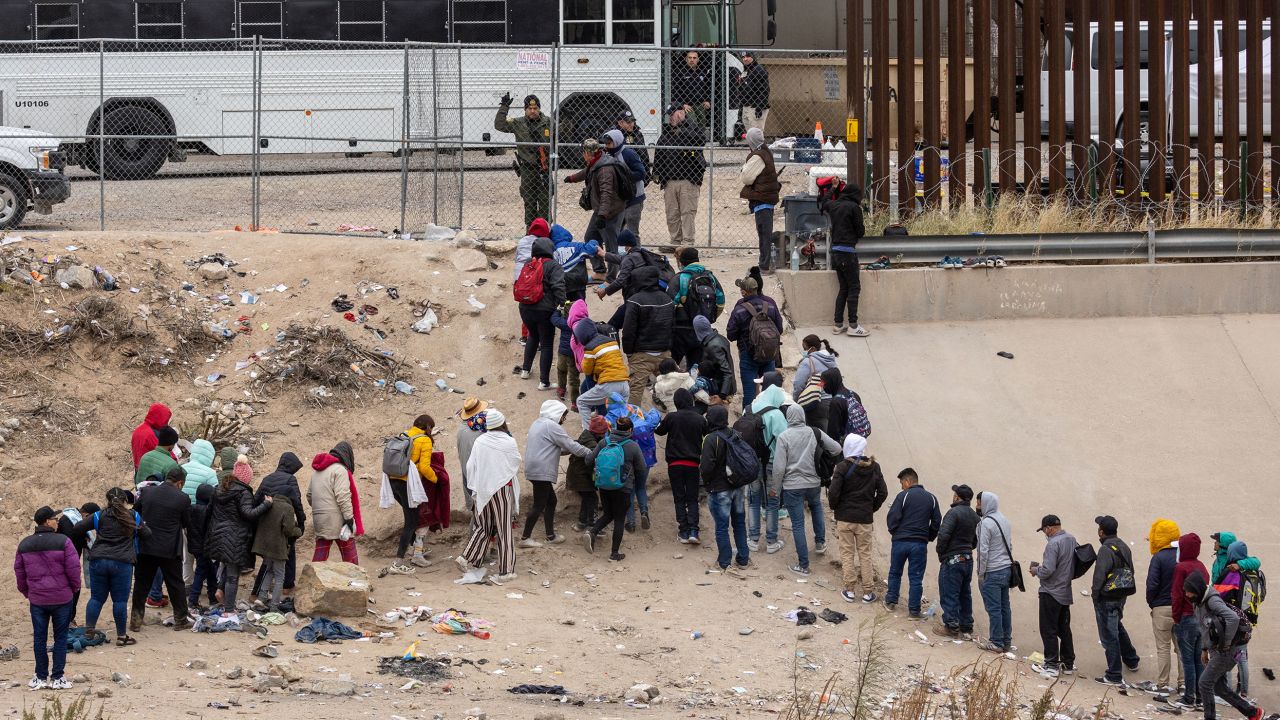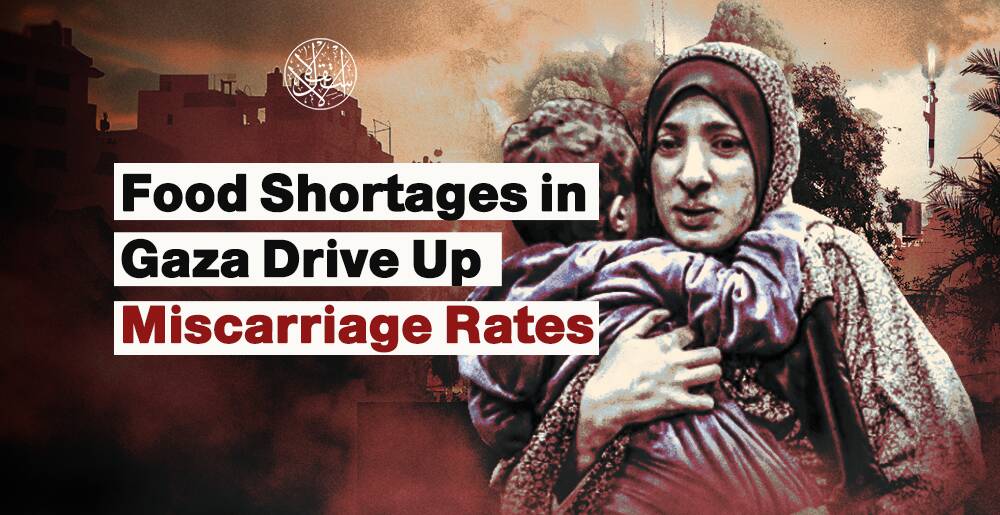How Rising Waves of Immigrants Are Sparking Criticism of Europe’s Far-Right and America’s Republicans

According to the United Nations, last year saw some 2.9 million new asylum applications submitted, more than in any year since at least 2000.
40% of these new applications were from people who fled Latin America and the Caribbean, especially Cuba, Nicaragua, and Venezuela.
In the United States, all the 2024 Republican presidential candidates are tough on immigration and border security, mirroring polls that show most Americans want fewer immigrants.
Among the proposed policies are ending the border wall erected by former President Donald Trump, sending military forces to Mexico to target drug cartels, and restricting or ending the right to grant citizenship to children of illegal immigrants.
The large numbers of illegal crossings at the southwest border prompted President Joe Biden to adopt strict immigration policies.
However, his administration has come under fire from Republican lawmakers, who want tougher restrictions, and even from his ruling party, who say he has gone too far with restricting asylum.
Europe is also seeing a huge wave of immigrants from Syria, North Africa, Iraq, Turkiye, and elsewhere.
However, the waves of immigrants taking dangerous and illegal routes to the old continent fueled right-wing anti-immigrant policies, led to the imposition of new restrictions on the immigration file, and deepened political divisions in a number of rich countries.
It is noteworthy that many European countries are tightening their procedures to prevent the arrival of migrants to their lands, while some are seeking to return refugees to their countries.
Far-Right Agenda
Europe has always prided itself on its democratic values, diversity, and respect for human rights. However, recent years have witnessed an alarming rise in far-right movements in many EU countries, which are steadily moving to become the mainstream in the governments of the old continent.
A decade or so ago, it was reprehensible in Europe for an extreme far-right party to come to power or participate in it, but today its access to positions of power and decision-making has become normal.
The recent electoral races in the European Union countries have recorded remarkable progress for the far-right parties, which are now obtaining government roles alongside the traditional right-wing parties.
The latest case was in Greece and before that in Finland, where the far-right nationalist party (The Finns), which has largely campaigned on an anti-immigrant agenda, became a member of the coalition government last June.
In Spain, the recent local elections showed the remarkable rise of the far-right Vox party with the progress of the conservative People’s Party, which has become a serious threat to the rule of PM Pedro Sanchez and his left-wing allies.
In the Netherlands, the rise of populists and the far-right led to the collapse of the conservative right-wing government this month over immigration issues.
Recently, Conservative British PM Rishi Sunak adopted the “Stop the Boats” campaign in a move similar to what Australia took against immigrants and asylum seekers who tried to reach the country’s shores by boat several years ago.
In Germany, the uncertain economy and rising numbers of asylum seekers have helped revive the far-right Alternative for Germany (AfD) party, which is now the leading party in the former communist eastern states, while gaining popularity in the west of the country.
The anti-immigration party won a post in a state in eastern Germany this month, marking the first time since the Nazi era that a far-right candidate won an election there.
In France, the far-right National Front party led by Marine Le Pen, which was marginalized years ago, has become an established force in the country, and Le Pen is now ahead of Emmanuel Macron in many opinion polls.
In Sweden, the government now relies on the parliamentary votes of a party with Nazi roots (the far-right Sweden Democrats), which is involved in making the country’s politics.
In Italy, the far-right and some of its fascist parties came to power alone, but PM Giorgia Meloni surprised the world with a more moderate way of governance than many in Europe expected.

Although Europe suffers from an aging crisis and needs new young immigrants to achieve economic growth and fill job vacancies, its politicians acknowledge that illegal immigration is no longer a marginal issue on the European scene.
The far-right parties in Italy, Austria, and Sweden rose on the shoulders of illegal immigration, and governments were elected based on promises to stop the waves of illegal immigration.
These politicians ignore the positive effects and economic returns achieved by immigrants and asylum seekers in supporting the European economy and providing the expertise and cadres required for the labor market.
According to Eurostat data, the number of residents who do not hold European citizenship in the 27 countries of the group reached 23.8 million as of the beginning of January, which is equivalent to 5.3% of the total population of 446.7 million.
Europe had tightened immigration policies after the arrival of more than a million Syrians to Germany between 2015–2016, which led to the rise of the far right in Europe in general, which considered immigrants and refugees a threat to culture on the continent.
With more than a million Ukrainian refugees arriving in the past 18 months, European politicians are trying to reduce the number of new arrivals.
On June 5, 2023, after the Swedish presidency of the European Union announced that an agreement had been reached on the immigration system, obligating Mediterranean countries such as Italy and Greece to new arrangements with more restrictions on refugees, Poland and Hungary voted against these proposals, and other countries such as Bulgaria, Malta, Lithuania, and Slovakia abstained.

Harsh Measures
Last May, the United States sent 24,000 security personnel to its land borders in anticipation of a large influx of immigrants, coinciding with the imminent lifting of the ‘Title 42’ measure that had been in place since the beginning of the coronavirus pandemic.
U.S. President Joe Biden acknowledged at the time that the situation could become chaotic on May 11 with the cessation of work on this measure, which prevents the submission of an asylum application in the U.S. and allows immigrants to be immediately deported to Mexico under the pretext of combating Covid-19.
Border cities like Brownsville, Laredo, and El Paso have seen large numbers of immigrants arrive, mostly from Latin America but also from China, Russia, and Turkiye.
On the other side of the border, in Ciudad Juarez and Matamoros, hundreds of people were rushing to try to enter the U.S. to claim asylum, fearing a change in the rules in place would prevent them from doing so for five years.
In addition, the Ministries of Justice and Homeland Security put the final touches on new restrictions related to the right to asylum that were announced last February and entered into force on the evening of May 11.
Before they reach the U.S. border, those seeking asylum, with the exception of unaccompanied minors, will have to get an appointment through a phone app developed by the Border Patrol.
Otherwise, their application will be considered invalid, and they may be subject to expedited removal procedures that will prevent them from entering the United States for five years. These measures raise great confusion for those who dream of reaching the United States.
According to the Washington Post, Biden, who belongs to the Democratic Party, had pledged to get rid of his Republican predecessor Trump’s immigration restriction policies.
After assuming the presidency of the White House, Biden appeared as if he was the president most open to immigrants, but his subsequent positions witnessed a radical change.
With about 2.3 million arrests and expulsions of illegal immigrants in 2022 and mounting accusations from Republicans of laxity in dealing with the border file, Biden seeks to show a firm stance and his eye on the 2024 presidential elections.

According to Politico magazine, the new U.S. measures on its borders reflect an attempt by the Biden administration to combat the wave of asylum that is stressing the immigration system in the United States. It also comes as the president faces growing criticism from Republicans on border issues.
Public opinion polls have consistently shown immigration as one of Biden’s weaknesses, with a majority of independent voters disapproving of the way he manages the border.
Biden’s moves show an attempt to improve his fortunes if he decides to run for the presidential elections in 2024. He is expected to face Republican candidates who make immigration a key issue, such as his predecessor Trump and Florida Governor Ron DeSantis, according to the newspaper.
But these moves, which could raise Biden’s fortunes with independent voters, and in swing states such as Arizona, also threaten to infuriate the liberal wing of the Democratic Party, according to the Washington Post.
Rights groups concerned with advocating for immigrants have also criticized the new measures, saying they will exacerbate humanitarian conditions at the border, according to the New York Times.
Despite the significant concessions made by the Biden administration through these new measures, this does not seem sufficient to satisfy the Republicans, who are pressing to tighten the U.S. immigration system.
Immigration reform efforts often run into obstacles. Two decades of congressional efforts have failed, including bipartisan efforts and efforts with strong presidential support, according to a report by NBC News.
Most immigration-related changes have been achieved only through funding bills, small provisions in other legislation, regulations, and executive power.

In turn, Washington-based activist Omar Taha indicated in a statement to Al-Estiklal that “throughout history, ships of Europeans went to the coasts of Africa and Latin America in order to catch people, bring them in chains to work as slaves on plantations, or sell them to slave traders in the United States.”
He added, “The need of the West—Europe, the U.S., and Canada—for new workers has not changed over the past decades but has in fact increased, but it is their attitude toward immigrants that has changed, as it has become hostile based on racist, ideological, or opportunistic motives to please voters.”
Mr. Taha concluded by saying: “Changing the Western view of immigrants can help solve this crisis, especially since they are already workers looking for security, stability, and perhaps some luxury; in addition, they are considered a force capable of reorganization and rehabilitation, which may fill the needs of the labor market in Europe, the U.S., and Canada.”
Sources
- Record migration sparks backlash in wealthy nations
- How is Europe's far right capitalizing on France's unrest?
- Why the far-right is increasingly getting into power across Europe
- Title 42 has ended. Here’s what it did, and how US immigration policy is changing
- Immigration pivot shows Biden facing hard reality of border politics
- Biden announces new program to curb illegal migration as he prepares for visit to border
- Biden Visits Southern Border Amid Fresh Crackdown on Migrants
- Congress has failed for more than two decades to reform immigration — here's a timeline











